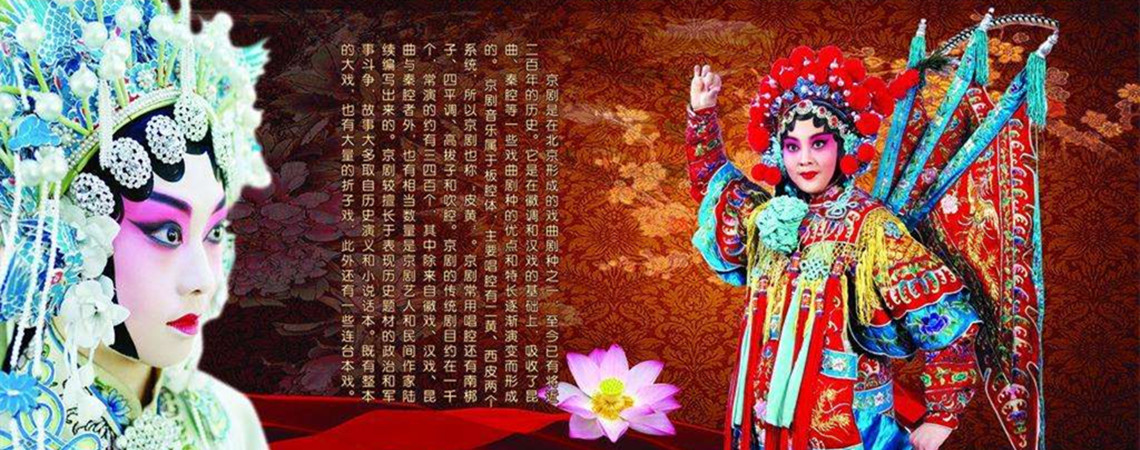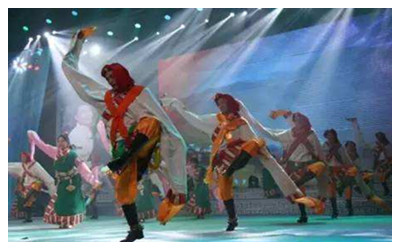Skype: neodalle-travel
Tel: +86 135 7447 2266
E-mail: sales@visitaroundchina.com

 Yishunbian Dance or Yi Dance (hand and foot moving in the same way) is popular folk dance among the Tibetan, Qiang and Yi ethnic groups in ancient tribes on the plateau. The dance combines perfectly the farming and herding cultures.
Yishunbian Dance or Yi Dance (hand and foot moving in the same way) is popular folk dance among the Tibetan, Qiang and Yi ethnic groups in ancient tribes on the plateau. The dance combines perfectly the farming and herding cultures.
Yishunbian Dance requires the dancers extend their left (or right) hands and left (or right) feet at the same time. This step was formed under the special circumstances of the plateau where the lack of oxygen is serious and the road is rugged.
When a person walks with a heavy load, he or she has to lean to one side, so the foot on that side will provide Support. Naturally, the arm on the same side is similarly swung for balance. Since such a step saves a lot of effort and reduces danger, it is commonly used by people and is gradually elevated to a kind of dance.
Another factor leading to the birth of Such a dance is the different clothes and laboring tools used by plateau people. The dances of Dai and Miao nationalities living on the Yunnan-Guizhou Plateau have the same features.
The "Yishunbian" dance can be divided into five general types:
The Waves Type. While dancing, the body and arm swing extensively to the same side, looking like waves in the sea, which are shown in the "Goraxa" of the Tibetan nationality and the "Moonlight Dance of Axi) of the Yi nationality.
The Encircling Type. The active move from hip to shoulder leads the actions of the arms, forming a graceful posture, such as the "Salang" of the Qiang nationality.
The Arc and Straight Lines Alternating Type. The waist is the major moving part, which engenders arc or straight movements of the body, such as those shown in the "Qiafusuzi" of the Tajik nationality.
The Pendulum Type. The waist moves slightly, which is often found in the dance of the Miao nationality. The Miao women like silver ornaments. Besides complicated ones on the head, they also wear necklaces, arm and wrist bracelets, and heavy texture pleated skirts. Though they dance in a gentle way, the shining ornaments and skirts are attractive, thus forming a pendulum type of dance.
The S Type. In the well-balanced and steady rhythm, the relaxed waist and soft arms compose a posture like the letter "S", which is frequently seen in the Dai dances. This is due much to Dai people's love for water and peacock and pleated skirt.
 Ask Questions ?
Ask Questions ?